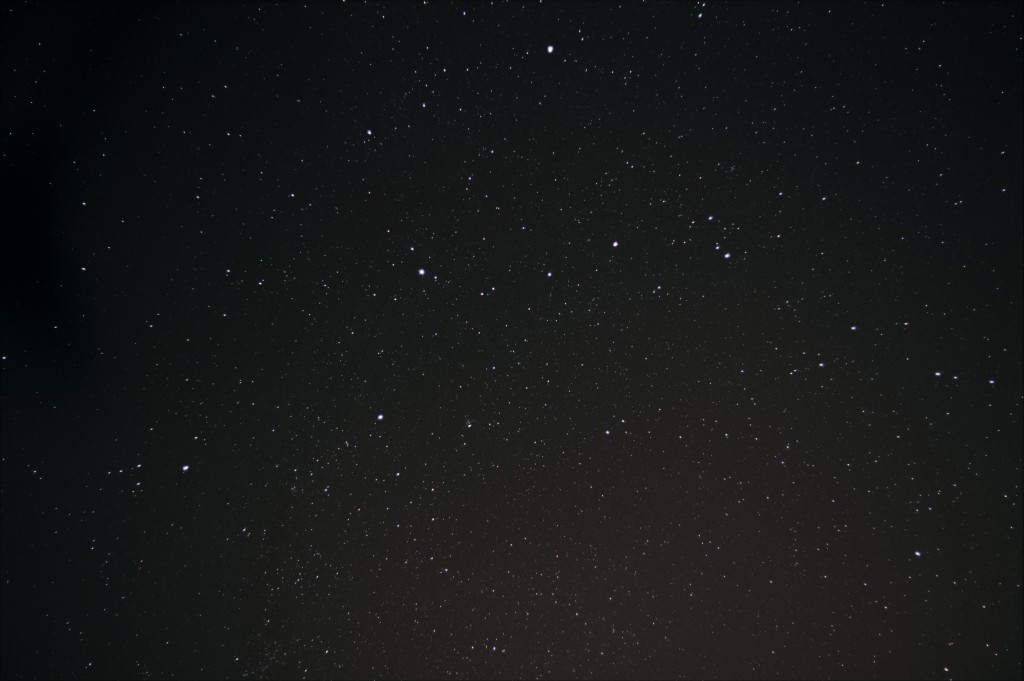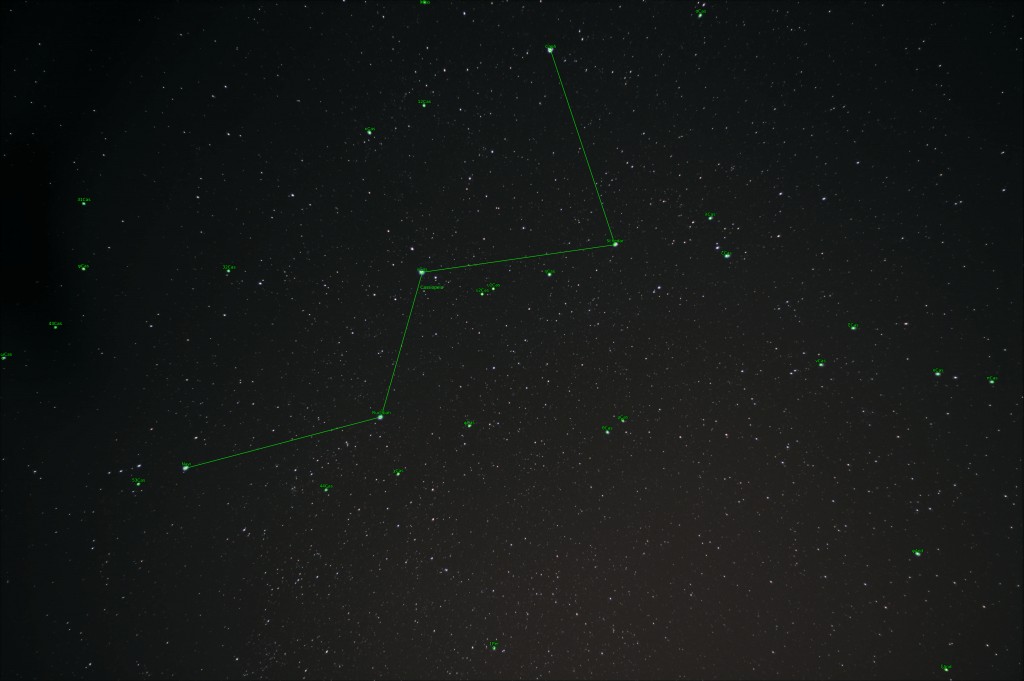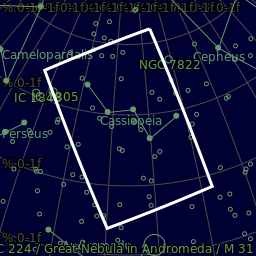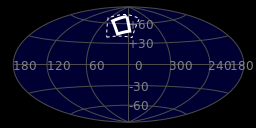Cassiopeia is a constellation in the northern sky, named after the vain queen Cassiopeia in Greek mythology, who boasted about her unrivalled beauty.
It is easily recognizable due to its distinctive ‘W’ shape, formed by five bright stars. It is bordered by Andromeda to the south, Perseus to the southeast, and Cepheus to the north.
She is opposite the Big Dipper, and from northern latitudes can be seen at her clearest in early November.
The 5 main stars which make up Cassiopeia (left to right) are:
Segin / Epsilon Cassiopeiae: Has the traditional name Segin. With an apparent visual magnitude of 3.4, this is one of the brightest stars in the constellation. The distance to this star has been determined directly using parallax measurements, yielding a value of around 390–430 light-years. At the estimated distance of this star, this yields a physical size of roughly 6 times the radius of the Sun.
Ruchbah / Ksora / Delta Cassiopeiae: Delta Cassiopeiae is an eclipsing binary star system consisting of a pair of stars that orbit about each other over a period of 759 days. Based on parallax measurements, this system is about 99.4 light-years from the Earth.
It has expanded to about 3.9 times the Sun’s radius. The system has an estimated age of 600 million years.
Tsih (Whip) / Gamma Cassiopeiae: is the Bayer designation for a star in the northern circumpolar constellation of Cassiopeia. Although it is a fairly bright star with an apparent visual magnitude of 2.47 it has no traditional Arabic or Latin name. However, in Chinese, it has the name Tsih meaning “the whip”. It is located at the center of the distinctive “W” shape that forms the constellation’s asterism.
Based upon parallax measurements made by the Hipparcos satellite, this star is located at a distance of roughly 550 light-years from Earth. It is approx 10 times the size of our Sun
Shedir / Schedar / Alpha Cassiopeiae: is a second magnitude star in the constellation Cassiopeia, with the traditional name Schedar, sometimes spelt Shedir.
Recent calculations from the All-Sky catalog indicate that Schedar is the brightest in Cassiopeia, with a visual magnitude of 2.240. With Schedar located farther away from Earth than Caph, at 228 light years versus 54, Schedar is almost 18 times brighter that its rival insofar as intrinsic brightness is concerned.
Caph / Beta Cassiopeiae: is a variable star in the constellation Cassiopeia. It is a subgiant or giant star belonging to the spectral class F2, It has the traditional name Caph, from the Arabic word كف kaf, “palm” (i.e. reaching from the Pleiades).
The star has a surface temperature of 6,700 Kelvin. More than three times the size of and 28 times brighter than the sun. It is now in the process of cooling and expanding to become a red giant. Its core is likely to have used up its hydrogen and is shrinking and heating, while its outer envelope of hydrogen is expanding and cooling.
(source Wikipedia)




Image Details
44 images stacked 4s-6s 800iso
30th Aug 2013 10:40pm
Description from Wikipedia